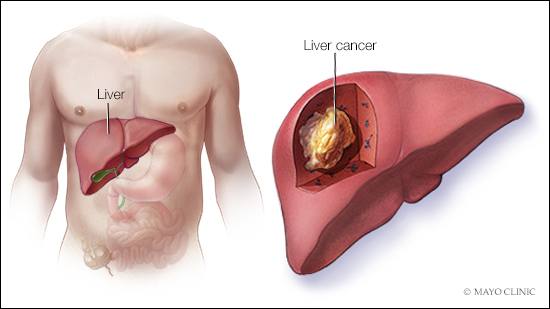-
Living With Cancer: What do you know about liver cancer?

Liver cancer
October is Liver Cancer Awareness Month, which makes it a good time to brush up on the facts and signs of this disease. Most people don't have signs and symptoms in the early stages of primary liver cancer. When signs and symptoms do appear, they may include unexplained weight loss; general weakness and fatigue; and white, chalky stools. Sometimes the cause of liver cancer is known, such as with chronic hepatitis infections. But sometimes liver cancer happens in people with no underlying disease and it's not clear what causes it. Factors that increase the risk include chronic infection with hepatitis B or hepatitis C, diabetes, and excessive alcohol consumption. Learn more about liver cancer, how you can reduce your risk and when you should consult your health care provider.
Brachytherapy treatment for cancer
Brachytherapy treatment, sometimes called "internal radiation," involves inserting radioactive material into your body near the cancer. This allows delivery of higher doses of radiation to specific areas of the body, compared with the conventional form of external beam radiation therapy that projects radiation from a machine outside of your body. Brachytherapy may cause fewer side effects than external beam radiation, and the overall treatment time usually is shorter with brachytherapy. Learn more about brachytherapy treatment for cancer, which cancers are treated with it, and whether it might be right for you.
Molecular classification of gliomas
Glioma, which is one of the most common types of primary brain tumors, can occur in the brain and spinal cord. A glioma can affect your brain function and be life-threatening, depending on its location and rate of growth. Through genetic testing of the tumor, researchers have discovered that they can accurately identify the glioma subtype, which can help determine a personalized treatment plan. Learn more about this technology, which is a revolution in brain tumor diagnosis.







